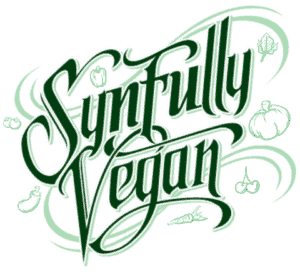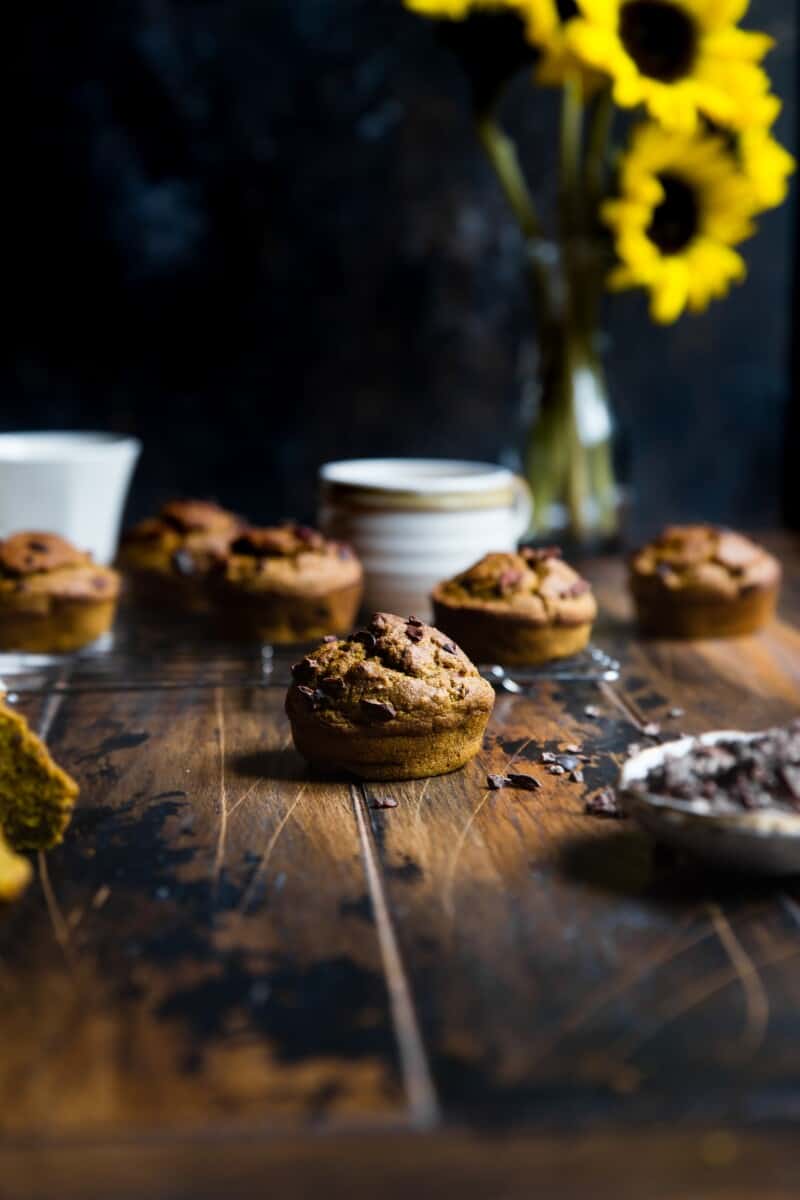Vegan Substitutes For Butter
Almost all classic dairy recipes can be vegan. Milk, butter, eggs, and cheese – all this is very easy to replace with products of plant origin, while the finished dish only becomes tastier and healthier. We’ll tell you which basic vegan ingredients can successfully replace any animal product in classic recipes that use butter.
Vegan Substitute For Cow’s Milk
Milk in cooking provides flavor, moisture and volume to baked goods. There are many herbal milk substitutes available. All substitutes have different qualities that must be considered in order to decide which one will be most suitable for a particular recipe. This is no less true for vegan butter. You need to find a substitute that can mind foods together as well as milk can while also making the food easier to mold.
By using plant-based milk instead of cow’s milk, you can cut back on the amount of sugar and other sweeteners in your recipe, as plant-based milk tends to taste sweet regardless. If you are interested in the different types of vegan milk that are out there, make sure to check out my article on that subject here!
Water
If the recipe contains milk only as a moisturizer, then it is quite possible to replace it with water. Water is not only cheap but it is one of the best solvents in the world, and the majority of recipes that call for milk can often have water substituted into the recipe.
Soy milk
Soy milk can replace cow’s milk in any recipe, it has the same properties, only it does not curdle when heated. This is a handy property to have when working with cooking and/or baking as it mean you can work with soy milk consistently.
Coconut milk
Coconut milk is an excellent substitute for cow’s milk and cream. It has a rich and sweet taste, which is suitable for creamy sauces and pureed soups. Coconut milk does not curdle, offering you an alternative to soy milk. However, coconut milk is one of the few types of milk that does not contain saturated fat. Only the healthy unsaturated fats needed for to maintain a healthy heart.
Rice milk
Rice milk is less fatty than other types of milk, contains a lot of calcium, magnesium, zinc and phosphorus, as well as unsaturated fatty acids. This makes for a fantastic alternative to traditional milk since it’s so packed with nutrient. Looking to add some puffiness to your pastries? Rice milk is the way to go.
Oat milk
Oat milk is very rich, creamy and healthy. It can be added to a variety of cocktails and sauces. Do you like cocktails? I work with a great cocktail blog called thejoyofcocktailmaking.com that has loads of cool cocktail recipes.
Almond milk
Almond milk is somewhat watery but has a rich flavor and aroma. Used in desserts, cocktails and pureed soups. I have written about lots of desserts that use almond milk but it’s the one here that I am most proud of. Vanilla ice cream using almond milk. Sublime.
Buttermilk vegan alternatives
Add one tablespoon of lemon juice or vinegar to one cup of soy or rice milk, stir, and let stand for 30 minutes. This makes for a fantastic alternative to traditional buttermilk. There’s no reason why we should be limited in our baking capacity just because we are vegan, right?
Vegan Oils
Most oils are plant based but there are some that can be animal based and so I decided to compile you a list of safe vegan alternatives for oils.
Margarine
Most types of margarine are made from oils that are unhealthy as they raise the level of bad cholesterol in the blood. Margarine made with stabilizers such as protein powder, starch, gum or vegetable oil powder can be used. This method is better for your health, but rarely used.
It is worth noting that margarine may contain a proportion of cow’s milk for an oilier flavor (milk sugar, sodium lactate, casein – milk protein, etc.). Therefore, it is a good habit to read the composition of the product on the label. As always, constant vigilance is needed to make sure we don’t inadvertently eat something we don’t want to.
If you would rather not risk it and want to not have to deal with the headache, in most recipes, vegetable oil can completely replaces butter and margarine. Simply replace 1 cup butter/margarine with 3/4 cup vegetable oil in the recipe. Adding a tablespoon of good plant-based or nut milk will give a creamy taste if needed.
Vegetable or rapeseed oil
If the recipe uses 1 nub of butter (1/2 cup), use 1/3 cup of vegetable oil.
Linseed oil
Use it as a dressing for potatoes, rice, popcorn, etc. Some people think that when combining linseed oil with eggplant or hot dishes, a “fishy” flavor appears, but this is not generally agreed upon. Feel free to experiment! Linseed oil is usually not heated.
Peanut butter
Nut butter (nut butter) can be made from almonds, cashews, chickpeas, and so on. Peanut butter, although made from legumes, is also considered a nut butter. When replacing butter with nut butter, use the amount indicated in the recipe.
Coconut oil
Today, coconut oil is becoming more readily available and can easily replace butter. Please note that coconut oil melts even at room temperature, so it is not always suitable for confectionery products that require hard butter.
Coconut oil is more commonly used in baked goods, as well as in soups and main courses. It should be noted that processed coconut oil is not the same as cold-pressed product. Raw coconut oil is healthy, while processed coconut oil is can be bad for human health in large quantities.
Applesauce
Only use applesauce for sweet baked goods. When replacing butter with applesauce, use the same amount as indicated in the recipe. For muffins, replace up to 3/4 parts butter with applesauce, and replace the rest with vegan butter.
Prune puree
Prune puree can be used as an addition to baked goods and partially replace oil. If the recipe says to use half a cup of oil, then use 1/3 cup of mashed prunes. Add some vegetable oil to it, about a tablespoon in a glass of puree. This can be a great way to reduce your dependence on oils and balance out your diet if needs be.
Vegan Cream Butter – What It Is
This is the most delicious vegan butter ever! It’s incredibly smooth, dense, creamy, and cooks in minutes. It’s also free of palm oil, emulsifiers and can be used wherever butter can be used. Though palm oil is for sure vegan, palm tree plantations is rapidly reducing biodiversity in tropical climates and so some people want to avoid palm tree oil for ethical reasons.
Ingredients Of Vegan Cream Butter
The secret ingredient in this recipe that makes it really special, is almond flour. The result is an incredibly smooth texture that is dense and creamy. This butter spreads easily, even when it’s just taken out of the refrigerator, it also melts perfectly. Imagine a warm crunchy toast spreading melting butter… Delicious.
This oil is great for baking cakes, cookies, pancakes, etc. And for all recipes that require vegan oil. This vegan alternative to butter is especially good with bread, toast, young potatoes, mashed potatoes, popcorn, and more.
How To Use Vegan Cream Butter
You should not try to fry with it, and also apply to something before frying on an open fire (grill). Although it is made with healthier ingredients than the store-bought oil, it is still high in fat and can cause spitting burns.
The shelf life of the butter will depend on the milk you use. Homemade nut milk does not last long, so the butter will be usable for about four days. With milk from the store, it can be stored for two to three weeks. It can also be frozen in the freezer.
Is there a substitute for coconut oil in a recipe? Unfortunately no. Other oil will not work. Can you replace almonds? Some people have tried this recipe using ground cashews, sunflower seeds, or pine nuts instead of almonds. Almonds give a more satisfying taste, but good results are obtained with substitutes.
How To Make Homemade Vegan Cream Butter
Ingredients:
- ½ cup / 8 tablespoons almond flour (if you are making it yourself, use the peeled almonds, otherwise the butter will have brown spots)
- ½ cup + 2 tablespoons / 150 ml of any unsweetened plant-based milk without any distinct taste, but not soy or coconut from cans
- 2 teaspoons nutritional yeast (not to be confused with baking yeast)
- 1 teaspoon salt
- 1 teaspoon apple cider vinegar
- ¼ cups / 60 ml / 4 tablespoons of olive oil or extra virgin (it leaves a more tangible aftertaste in the final product)
- 1 cup / 240 ml refined coconut oil, melted and cooled to room temperature (with unrefined oil, it will taste and smell coconut, so you should take neutral refined coconut oil)
- 1 pinch ground turmeric, optional, for a more yellow color
Preparation:
- Add ground almonds, vegetable milk, salt, nutritional yeast, and vinegar to a blender and blend until smooth.
- Do not overheat the blender, otherwise the oil may separate slightly. If the blender heats up quickly, beat at intervals, or take a minute or two apart while whisking. The mass should be smooth, without graininess.
- Pour in refined coconut oil and olive oil, then blend on high speed until smooth and fluffy.
- Transfer it to a container, cover and refrigerate. A glass container with a lid is ideal.
Note: Most of the people like to use cashew milk to make this butter. It is creamy and creamy, which provides just the optimum butter creaminess. Also it gives the recipe incredible taste and makes it easy on the eyes as well. You can also replace some of the ingredients with your own taste and experiment with it, see what works for you the most.
Enjoy!

